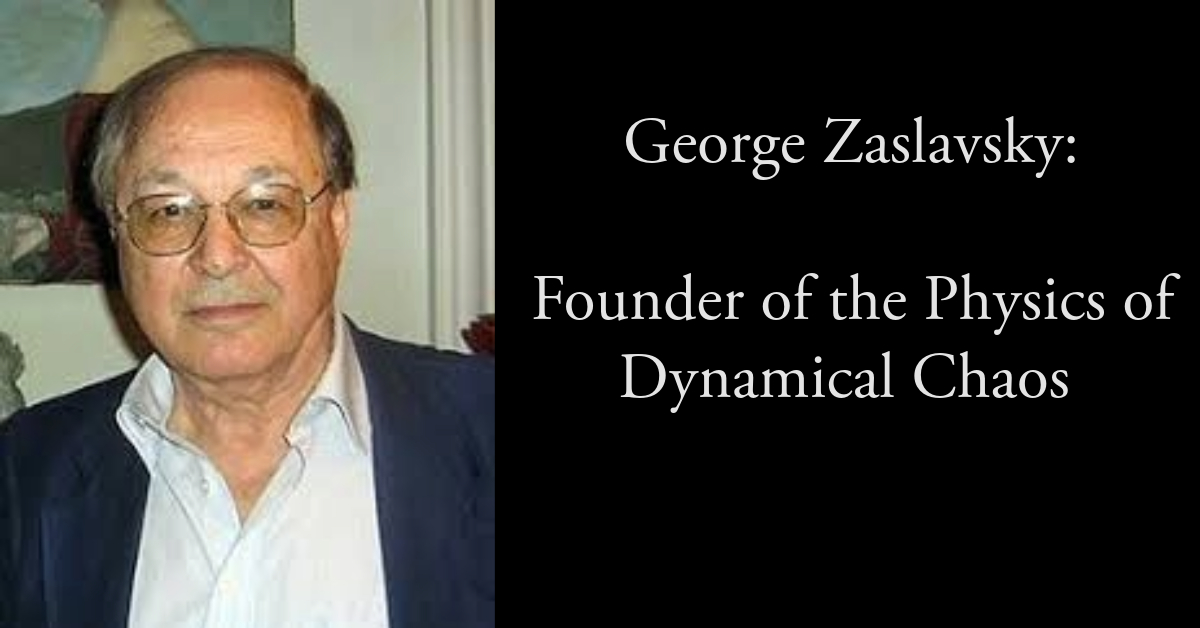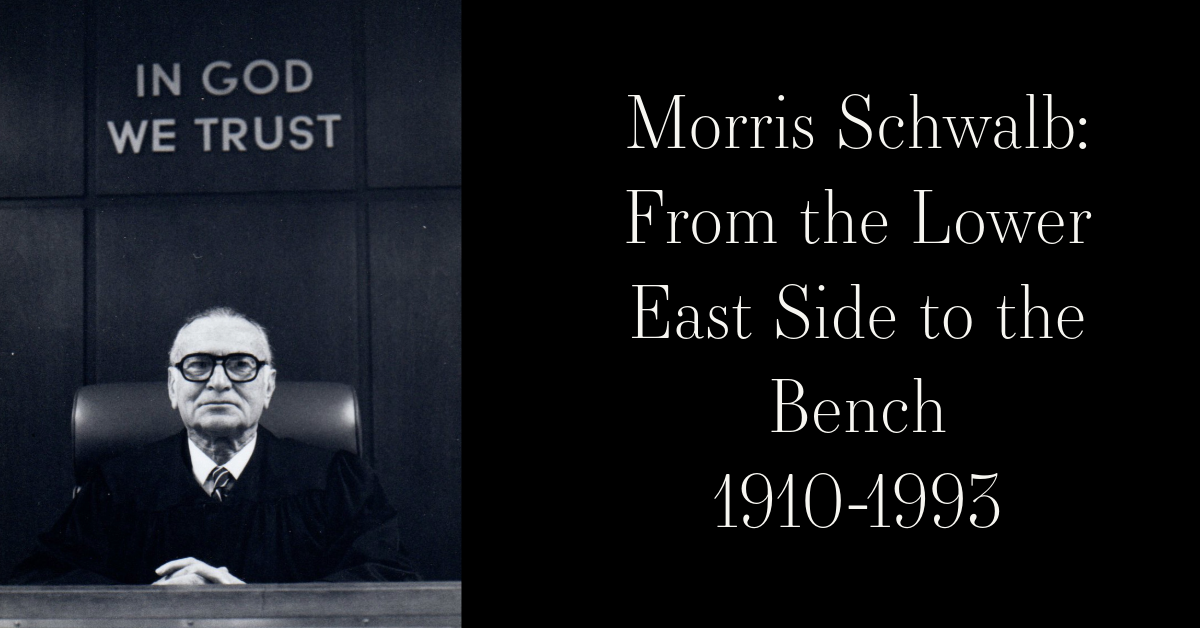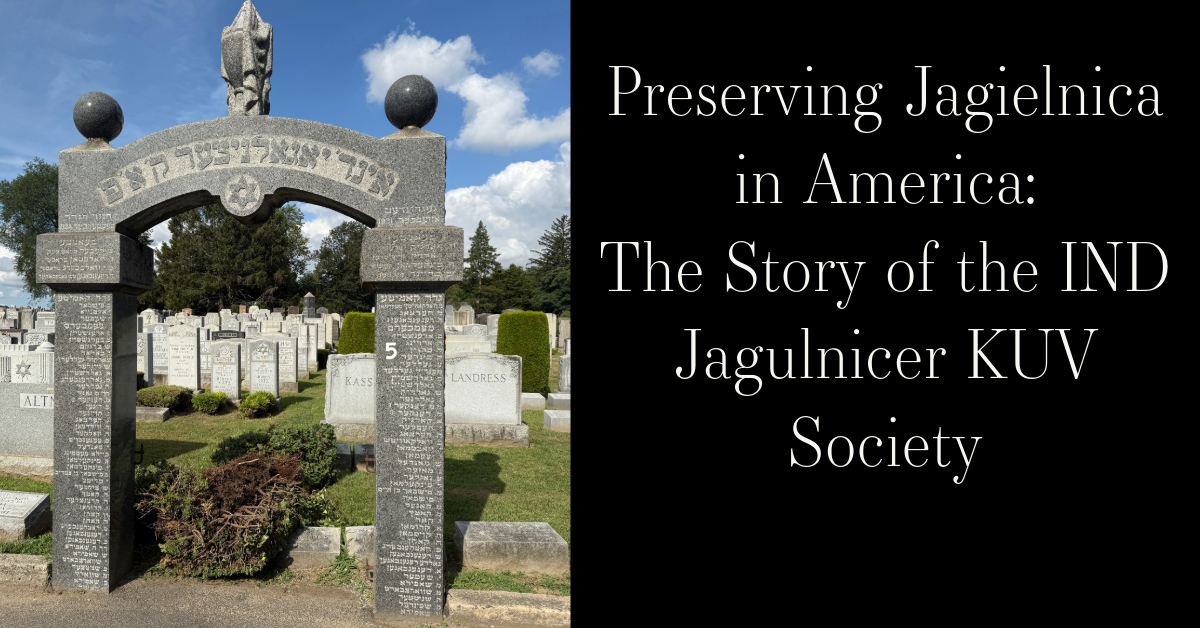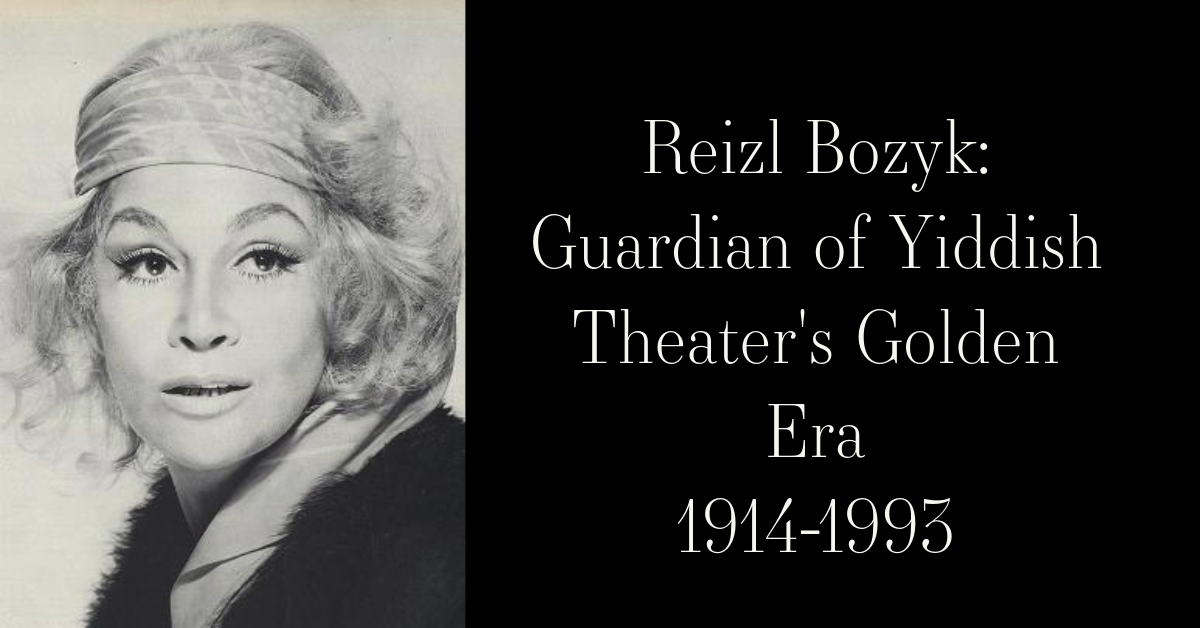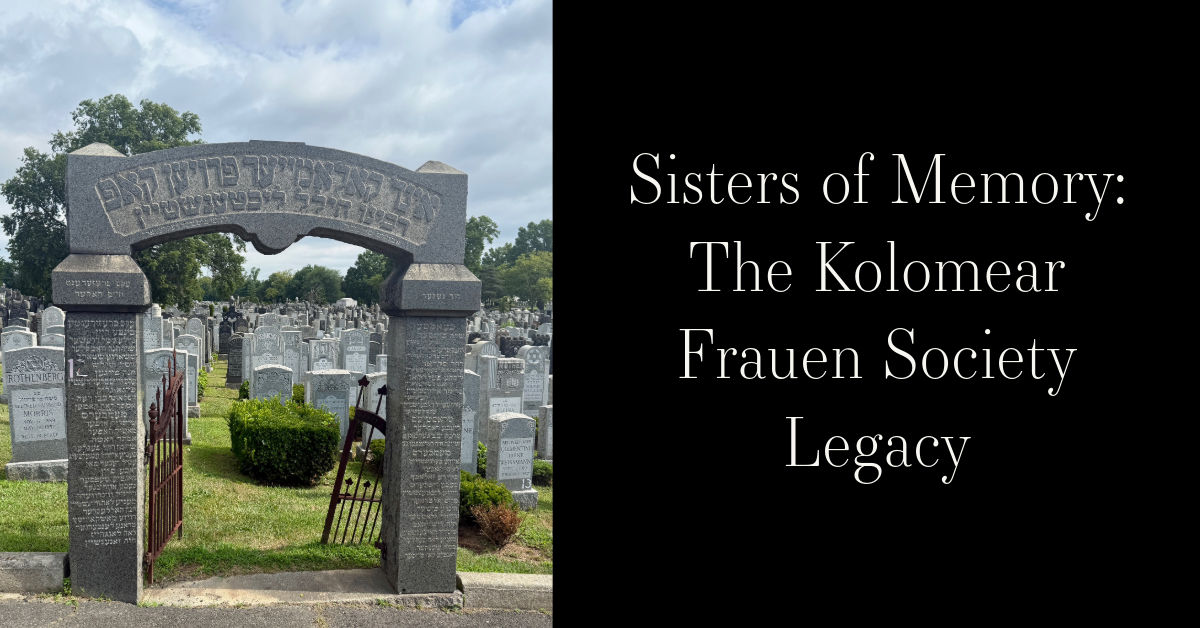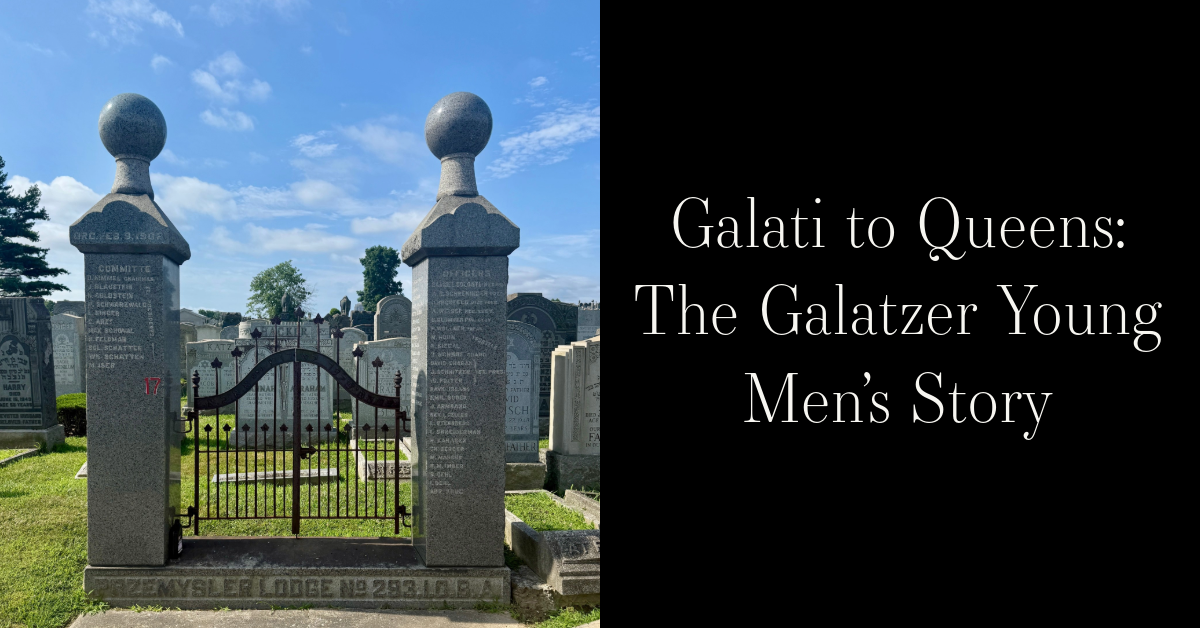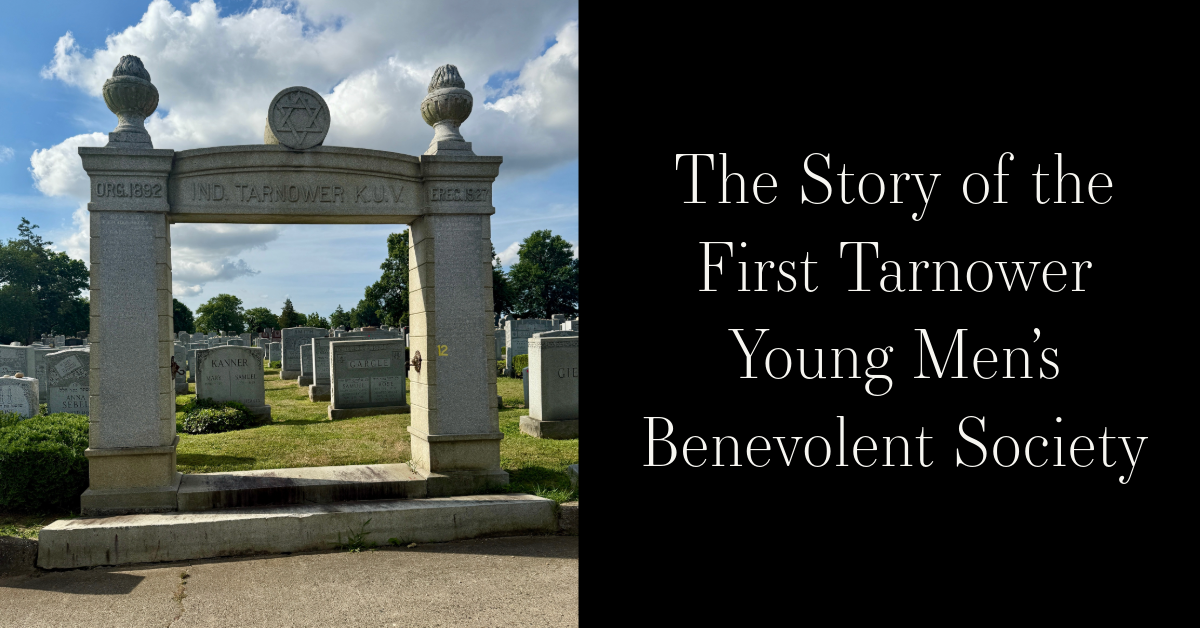Story Summary:
George Zaslavsky was a Soviet mathematical physicist and one of the founders of dynamical chaos. His intellectual strength is reflected in his many contributions to dynamical systems theory, classical and quantum chaos, plasma physics and statistical mathematics. He touched the lives of countless people in or out of the scientific world and left a great legacy, both personal and professional.
George Zaslavsky:
Founder of the Physics of Dynamical Chaos

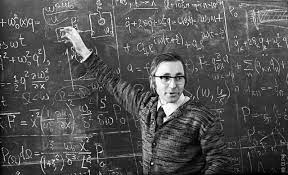
George Zaslavsky was born on May 31, 1935 in Odessa, Ukraine. His father was an artillery officer who dragged his cannon in World War II and survived there. George was educated at the University of Odessa and moved to Novosibirsk in 1957 where an interest in Siberian Physics was just beginning.
In 1965, George joined the Institute of Nuclear Physics where he had an interest in nonlinear problems of accelerator and plasma physics. Roald Sagdeev and Boris Chirikov inspired George to earn about the theory of dynamical chaos. In 1968, George and his colleagues developed a separatrix map which before long became one of the major tools in the theoretical study of Halimtonian chaos.
In 1971, George and Boris Chirikov published their work entitled, “Stochastical instability of nonlinear oscillations,” which was the first review paper to enlighten many physicists to the power of the dynamical systems theory and modern ergodic theory. It was realized that very complicated behavior is possible in dynamical systems with only a few degrees of freedom. This complexity cannot be adequately described in terms of individual trajectories and requires statistical methods. Typical Hamiltonian systems are not interchangeable but chaotic, and this chaos is not homogeneous. At the same values of the control parameters, there coexist regions in the phase space with regular and chaotic motion. The results of the findings were summarized in the book, “Statistical Irreversibility in Nonlinear Systems. “

At the end of the 1960’s, George was forced out of his position at the Institute of Nuclear Physics in Novosibirsk for signing letters in defense of some Soviet dissidents. George got a new position a the Institute of Physics in Krasnoyarsk. Here George founded a laboratory of the theory of nonlinear processes. In Krasnoyarsk, George became interested in the theory of quantum chaos. George introduced the important notion of quantum break time (the Ehrenfest time) after which quantum evolution begins to deviate from a semiclassical one. The book, Chaos in Dynamical Systems includes the results obtained in Krasnoyarsk. In 1981, George and Sadrilla Abdullaev published the first paper on this topic in a review paper published in Physics Uspekhi in 1991. Now it is a well-developed branch in ocean acoustics known as ray and wave chaos in underwater sound channels.
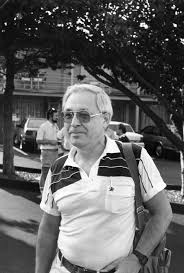
In 1984, Roald Sagdeev invited George to the Institute of Space Research in Moscow. George worked on the theory of degenerate and almost degenerate Hamiltonian systems., anomalous chaotic transport, plasma physics and theory of chaos in waveguides. When studying interaction of a charged particle with a wave packet, George and his colleagues from that institute discovered that stochastic layers of different separatrices in degenerated Hamiltonian systems may merge producing a stochastic web. Unlike the most famous Arnold diffusion, in non-degenerated Hamiltonian systems, that appears only if the number of degrees of freedom exceeds 2, diffusion in the Zaslavsky webs is possible at one and half degrees of freedom. With this diffusion, its’s speed is much greater than that of Arnold diffusion. In the book, Weak Chaos and Quasi-Regular Structures, there are outstanding symmetries of the Zaslavsky webs and their properties in different branches of physics which George coauthored with R. Sagdeev, D. Usikov and A. Chernikov.
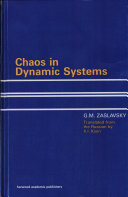
In 1991, George emigrated to the United States and became a professor of physics and mathematics at the physics department of New York University and Courant Institute of Mathematical Sciences. There George studied the principal problems of Hamiltonian chaos connected with anomalous kinetics and fractional dynamics, foundations of statistical mechanics, chaotic advection, quantum chaos, and the long-range propagation of acoustic waves in the ocean. In his New York period, George published two seminal books on the Hamiltonian chaos called Physics of Chaos in Hamiltonian Systems and Hamiltonian Chaos and Fractional Dynamics. George was one of the main people in the theory of dynamical chaos who made important contributions to a variety of other subjects. He authored and coauthored nine books and more than 300 papers in scientific journals. His books and papers influenced and are influencing very much in advancing modern nonlinear science.
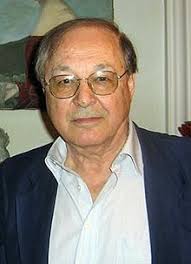
George Zaslavsky passed away on November 25, 2008 and is buried in Mount Hebron Cemetery in New York.


~Blog by Renee Meyers


